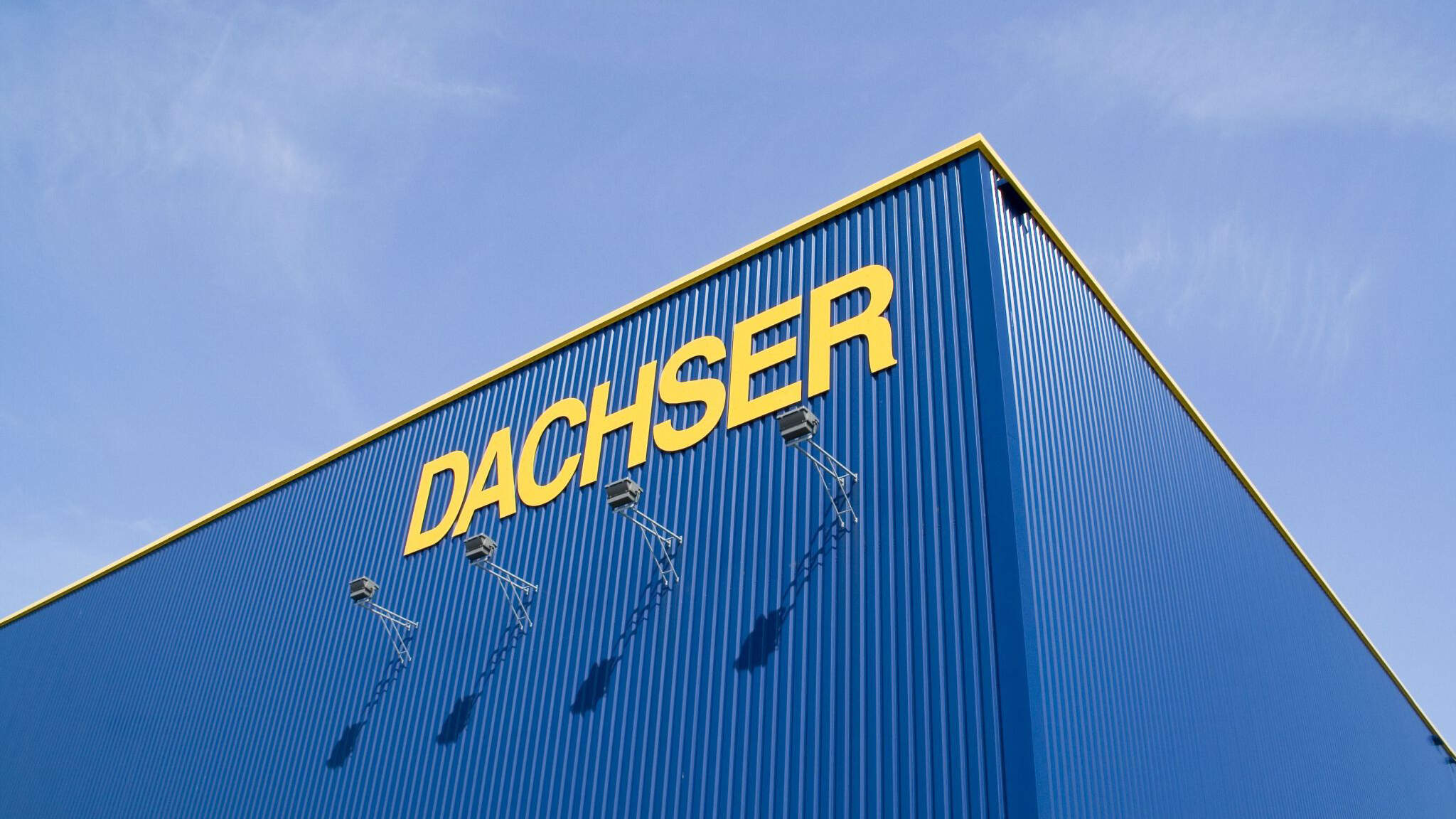DACHSER becomes a member of DWV
On January 1, 2021, DACHSER joined the German Hydrogen and Fuel Cell Association (DWV), a lobbying group that has been advocating the rapid deployment of hydrogen as an energy source and promoting fuel-cell technology since 1996. DACHSER will also participate in DWV’s HyLogistics cluster.

Vehicle manufacturers, renewable energy producers, and logistics companies recently joined forces to establish this new working group. Their objective is to provide political support for the preparation and introduction of fuel-cell trucks to the market in order to reduce greenhouse gas emissions in freight transport—and to represent these interests before German and European policymakers and ministries.
“Freight transport by road causes around 5 percent of all greenhouse gases in the EU. Hydrogen fuel-cell technology offers the best chance of achieving the long-term goal of zero-emission vehicles, especially in long-distance truck transport,” says Stefan Hohm, Chief Development Officer at DACHSER. “Our membership in the DWV is an important step as we work together with transport partners and drivers to prepare the DACHSER network for the changes in the transport sector,” Hohm continues.
Attractive for transporting goods
“What makes hydrogen and fuel-cell trucks so attractive for transporting goods is the high level of system efficiency that fuel cells offer, which far exceeds that of combustion engines. But this type of drive also boasts zero local emissions of nitrogen oxide, CO2, and particulates. We’re delighted to have DACHSER, a leading logistics provider, on board as one of our members,” says Werner Diwald, chairman of the board at DWV.